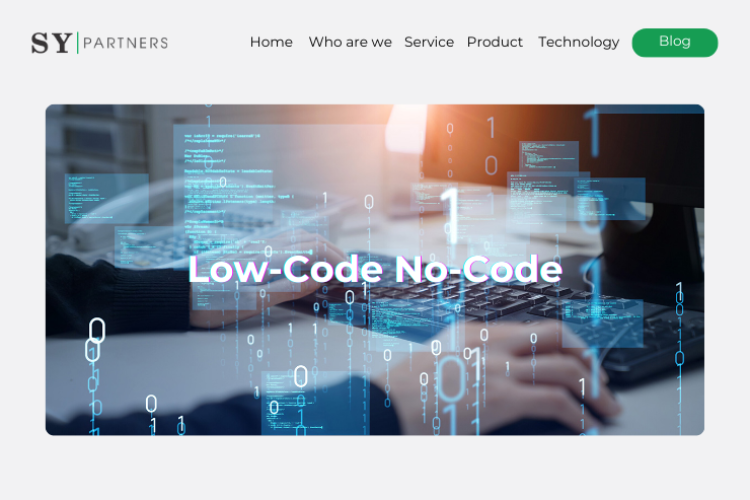What is No-Code Development? Features, Pros & Cons, and Use Cases Explained
As the pace of business change accelerates, organizations and individuals face two major challenges: a shortage of IT talent and the need for faster development cycles. Traditional full-scratch development offers high flexibility but demands specialized expertise, significant time, and substantial costs—making it difficult for non-engineers to participate.


 EN
EN JP
JP KR
KR


